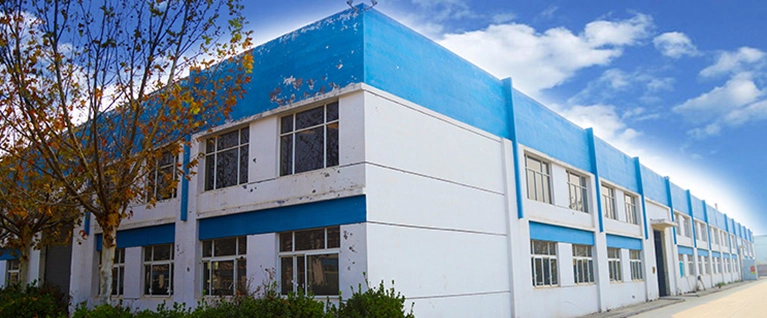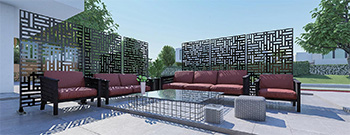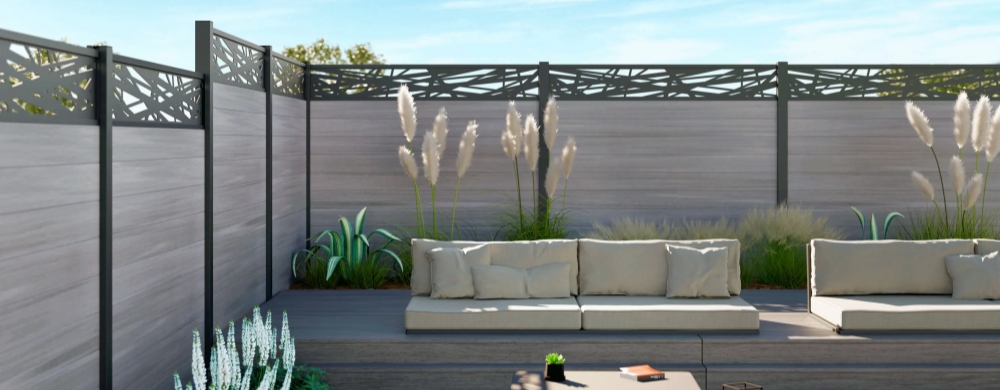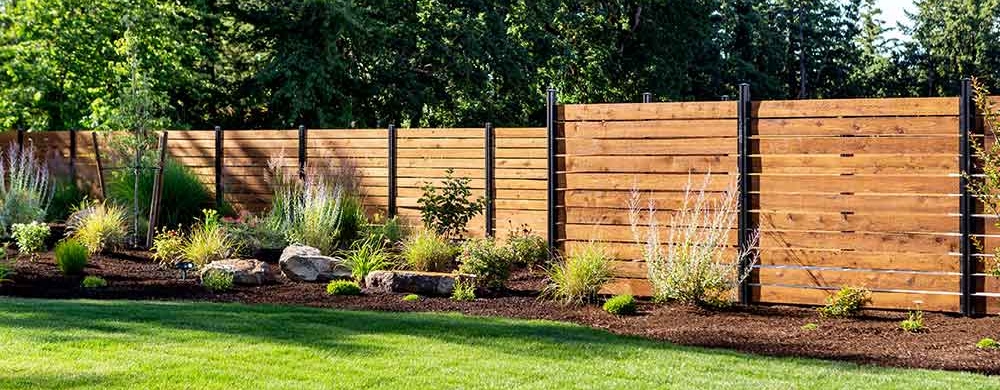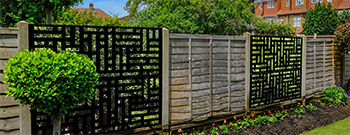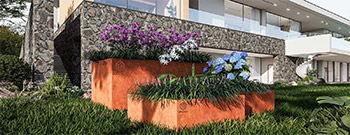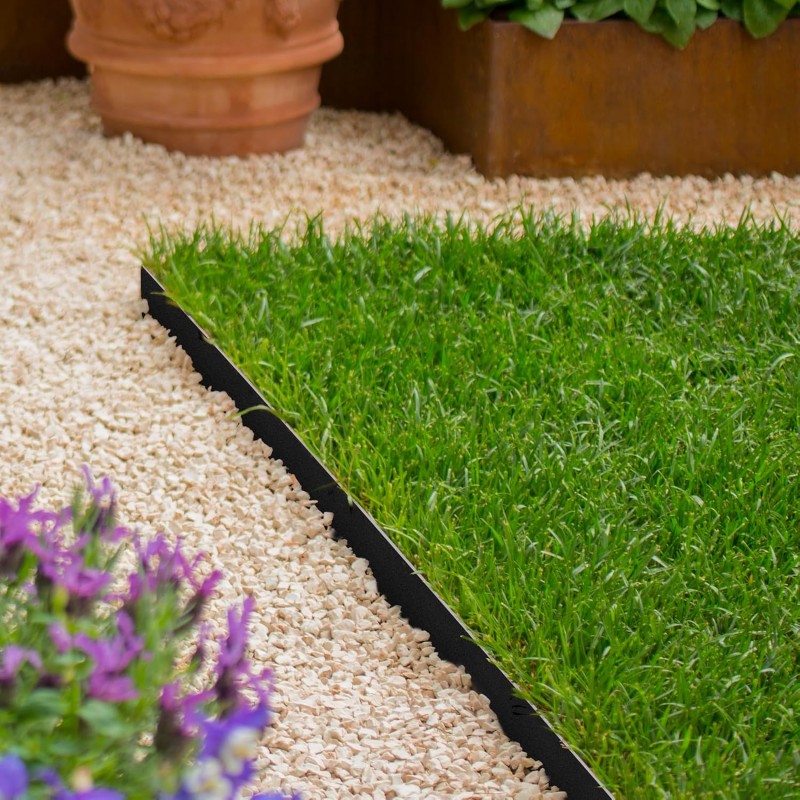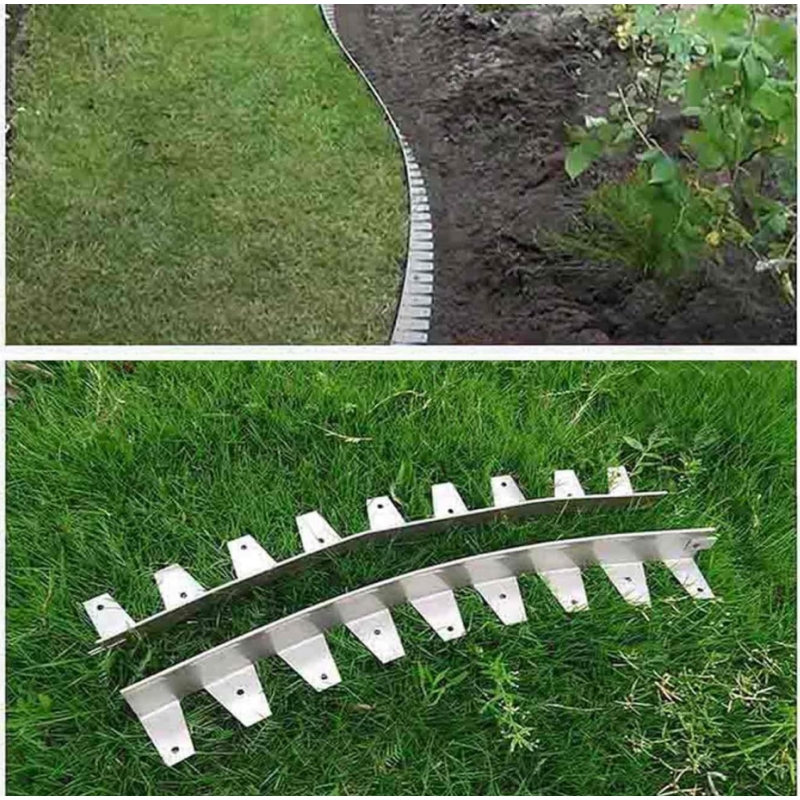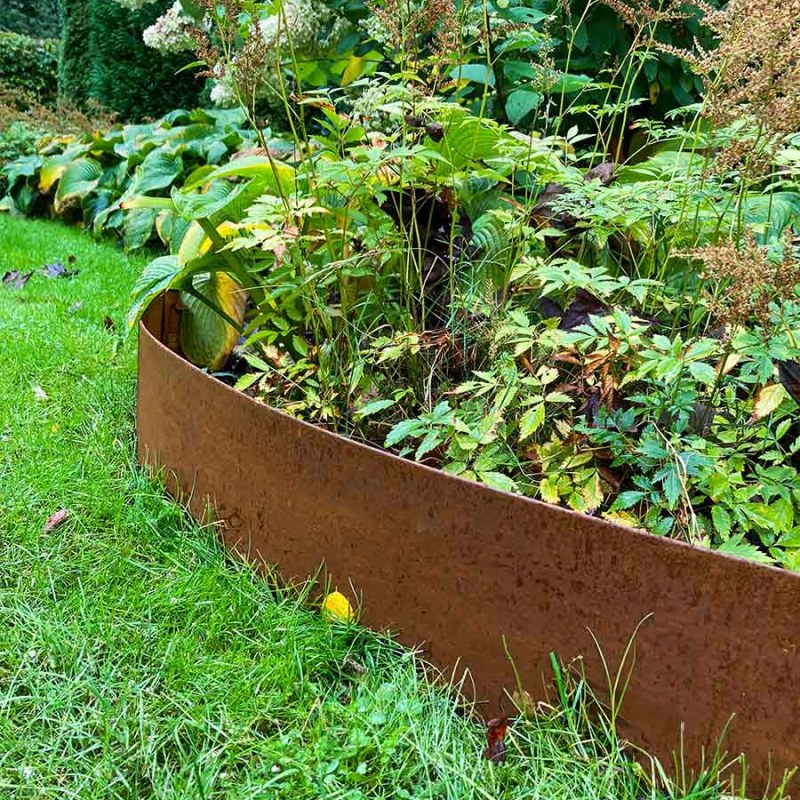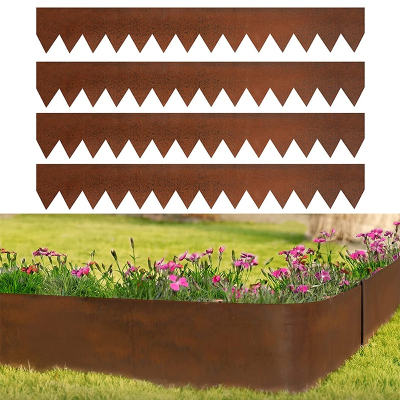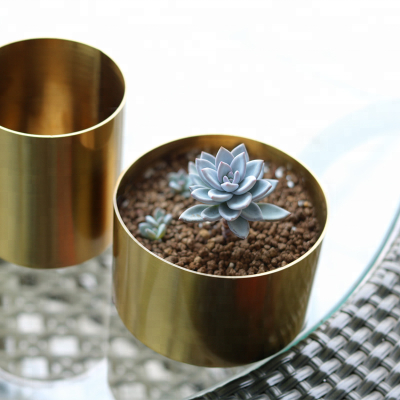How long does metal lawn edging last?
The lifespan of metal lawn edging isn’t set in stone—it shifts a whole lot based on what kind of metal you’re using, plus stuff like the weather, how well you install it, and how you look after it.
Take uncoated steel metal lawn edging, for example. It’ll stick around for 5 to 15 years, but man, it rusts so easily. If it’s near moisture, soil, or salt, rust takes over. Over time, that rust makes the steel all weak, and it’ll start cracking or crumbling. So, it’s really only good for temporary edging or dry areas.
Then there’s galvanized steel metal lawn edging. It has a zinc coating to keep rust at bay. But here’s the thing—if that coating gets scratched when you’re installing it, its lifespan gets shorter. Otherwise, it can last 15 to 30 years. For most homes with a lawn, it’s a solid pick because it’s durable enough and doesn’t cost too much.
Aluminum’s a different story. It doesn’t rust naturally. When it’s out in the air or gets wet, it forms this thin, protective oxide layer. It can last 20 to 40 years. It’s light, sure, but not as stiff as steel. So if a lawnmower bumps into it, it might bend. But it’s perfect for places that are wet, near the coast, or yards that get watered a lot.
Stainless steel has chromium in it—between 10% and 30%. That chromium makes an invisible layer that fixes itself and stops rust and corrosion. It’s super durable, lasting 30 years or even 50+ years. The catch is it’s pricey. You’ll find it in fancy gardens or places with tough conditions, like where there’s saltwater.
Corten steel metal lawn edging, also known as weathering steel, gets this thick, stable rust “patina” (that orange - brown color) after 1 or 2 years. That patina acts like a shield, so the metal doesn’t get weaker. It lasts 20 to 40 years. It’s great for gardens with a rustic look, where people want that patina. You don’t have to paint it, but keep in mind that early rust might stain nearby concrete or pavers.
